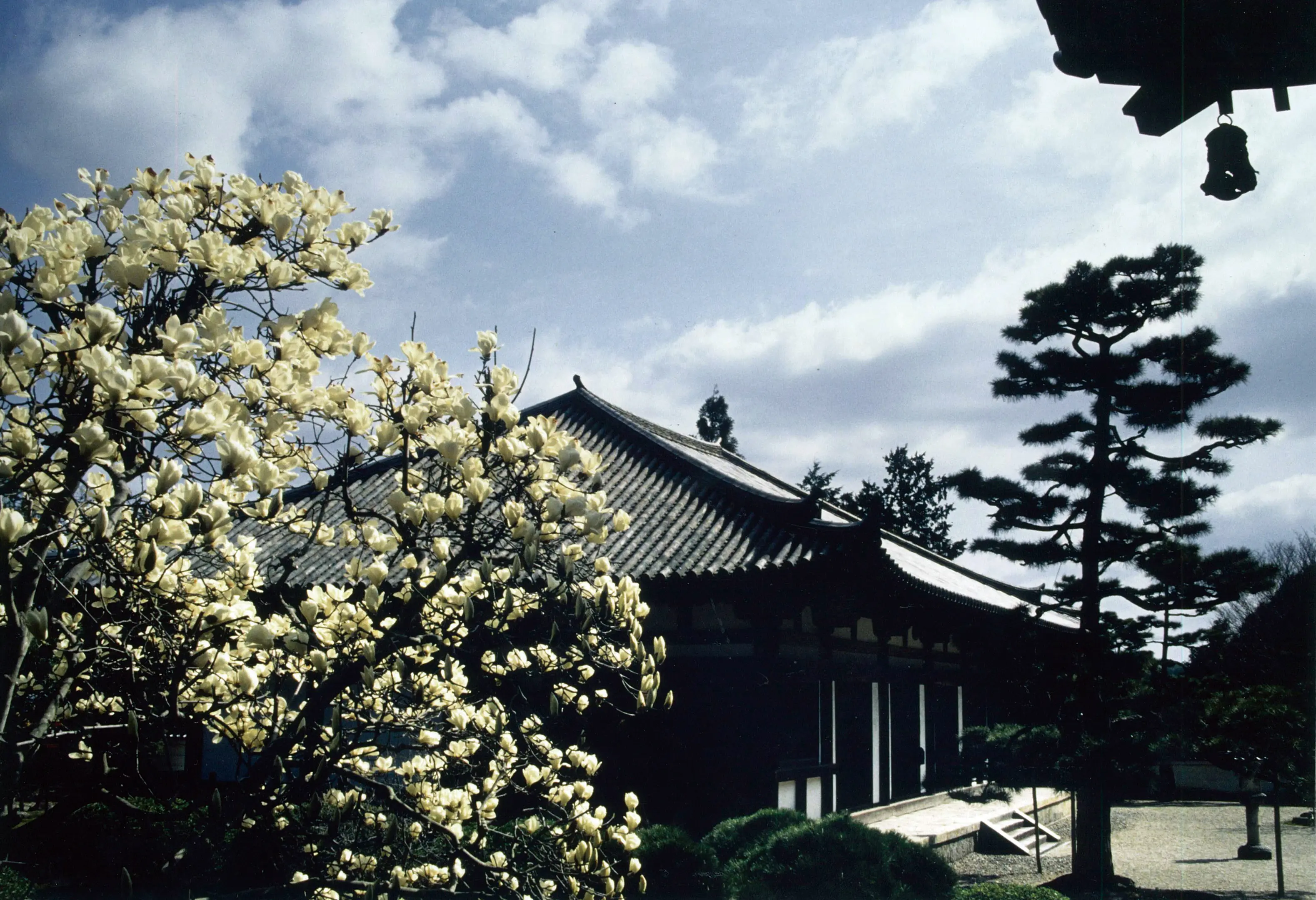Model Course
西大寺、秋篠寺から御陵の森 を訪ねて
西大寺から秋篠寺を巡り東へ。ここはおよそ50もの陵墓などが集中するところ。静寂に包まれ、神秘的な雰囲気を醸し出します。
| Areas |
heijou |
|---|
Model Course
Nara City Tourist Information Center
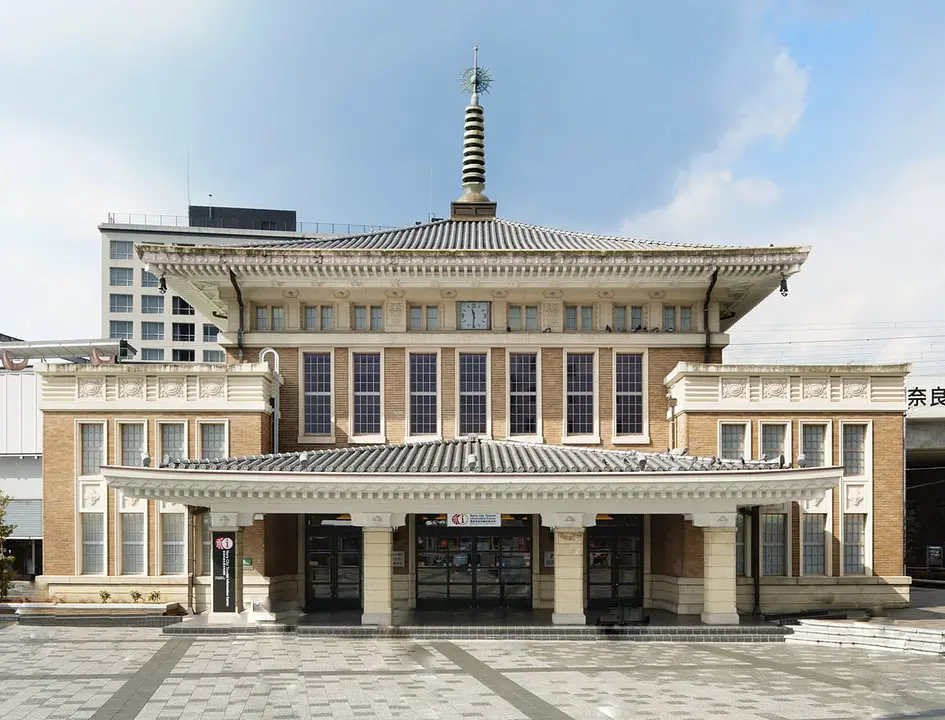
Nara City Tourist Information Center
The former station building of JR Nara Station opened on July 25, 2009 as the Nara City General Tourist Information Center. There is also tourist information in foreign languages and a tourist information search corner connected to the internet.
Saidaiji Temple - Hondo Main Hall
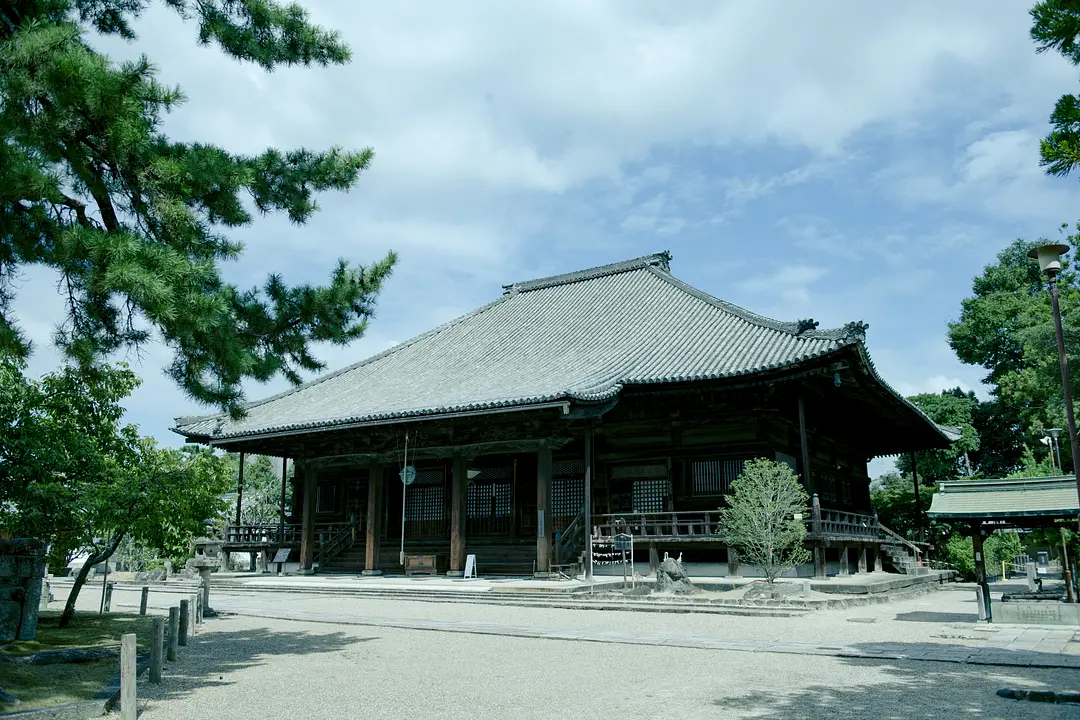
Saidaiji Temple - Hondo Main Hall
Presently, it is the center of Saidaiji-temple. This structure is an Important Cultural Property, and is one of Nara’s greatest modern Buddhist temples. It was built using unique construction techniques from the 18th century that do not utilize mud walls. The Main Hall enshrines its main image, the statue of Gautama Buddha, Monju Bosatsu (the bodhisattva Manjusri), and the statues of the four samurai. The surrounding garden lanterns enhance its majesty.
Akishino-dera Temple
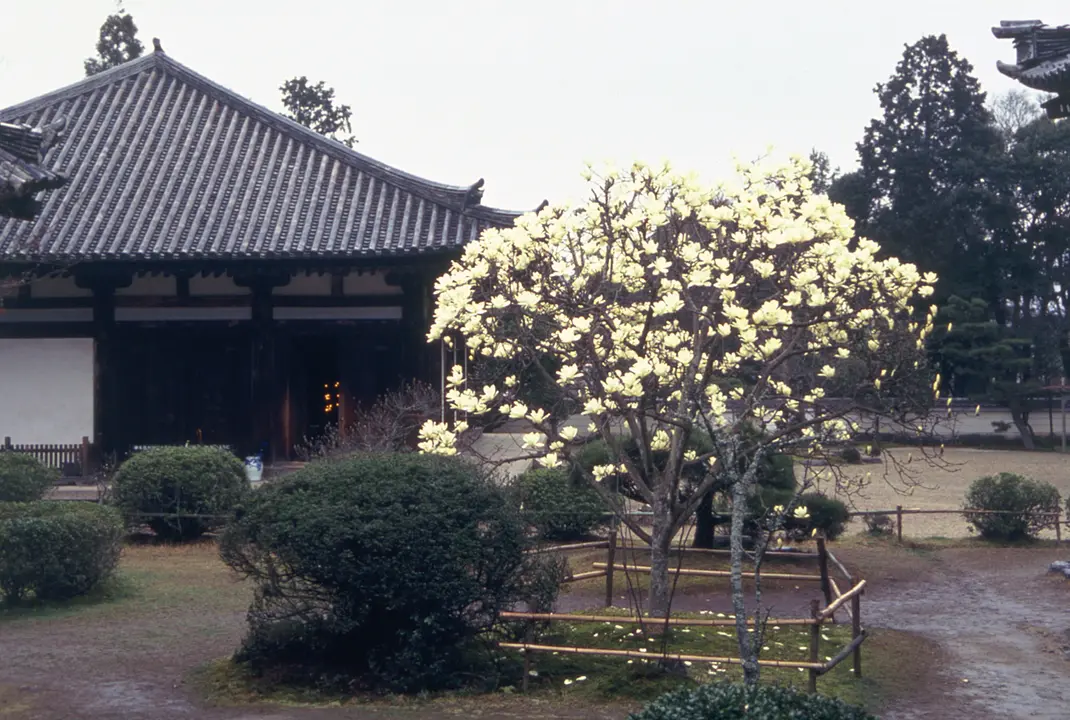
Akishino-dera Temple
Built in the 8th century at the wish of Emperor Kōnin. It is known for its beautiful mossy garden and for its standing statue of Gigeiten, called the Oriental Muse. Also, 25 precious Buddhist statues are housed here.
Shotoku(Koken)-Ryō Tumulus (Takaduka Tumulus)
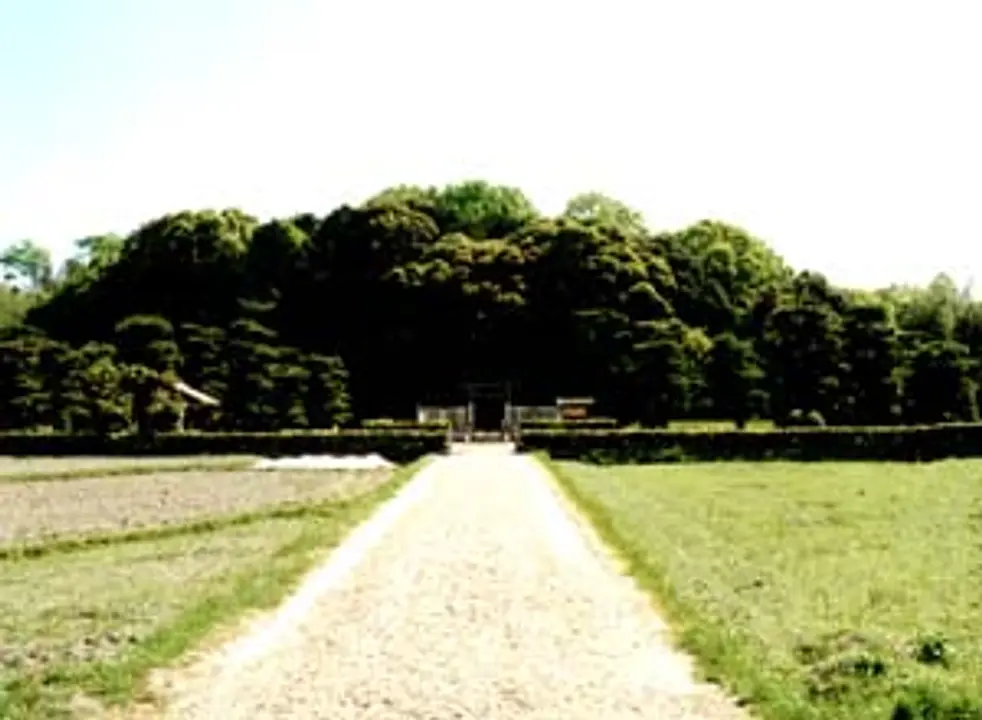
Shotoku(Koken)-Ryō Tumulus (Takaduka Tumulus)
It is said to be the mausoleum of Empress Empress Shotoku (Koken) of the Nara period, but it is believed to be a keyhole-shaped tumulus dating from the first half of the 5th century. Emperor Shotoku (Koken) was the daughter of Emperor Shomu and Empress Komyo, and is known for building Saidaiji Temple.
Iwanohime-ryokofun Tomb
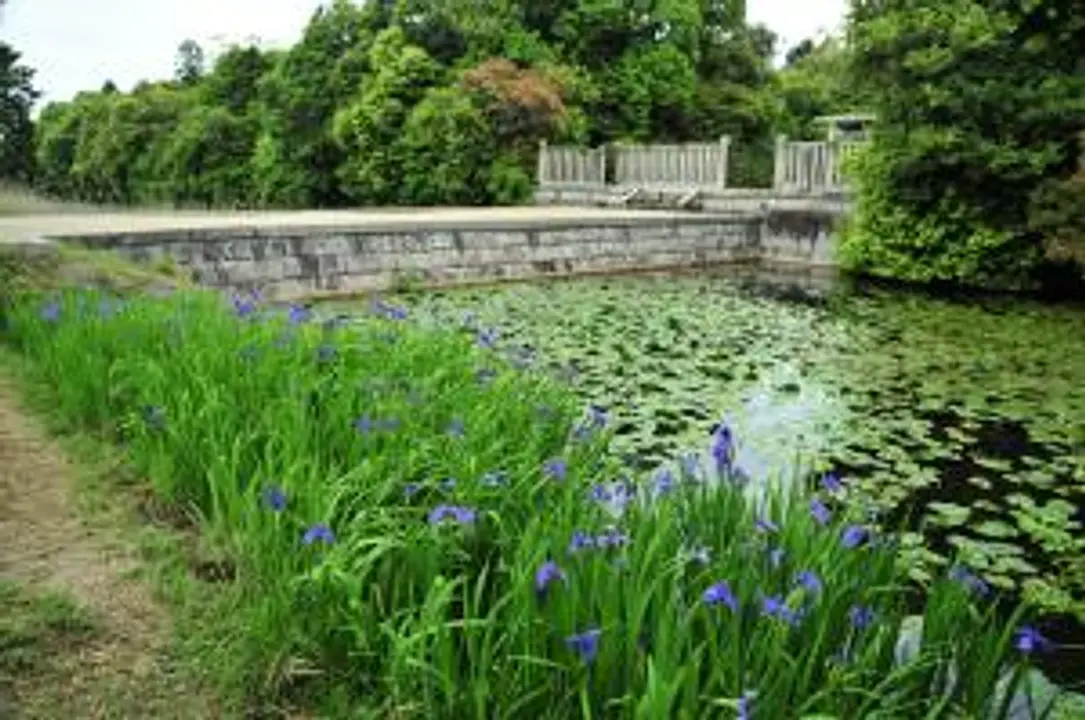
Iwanohime-ryokofun Tomb
A 5th century keyhole-shaped tomb with a double trench on the south side. Iwanohime was the empress of Emperor Nintoku, and the ``Manyoshu'' contains a heartfelt poem about the empress's love for her husband.
Uwanabe Tumulus/Konabe Tumulus
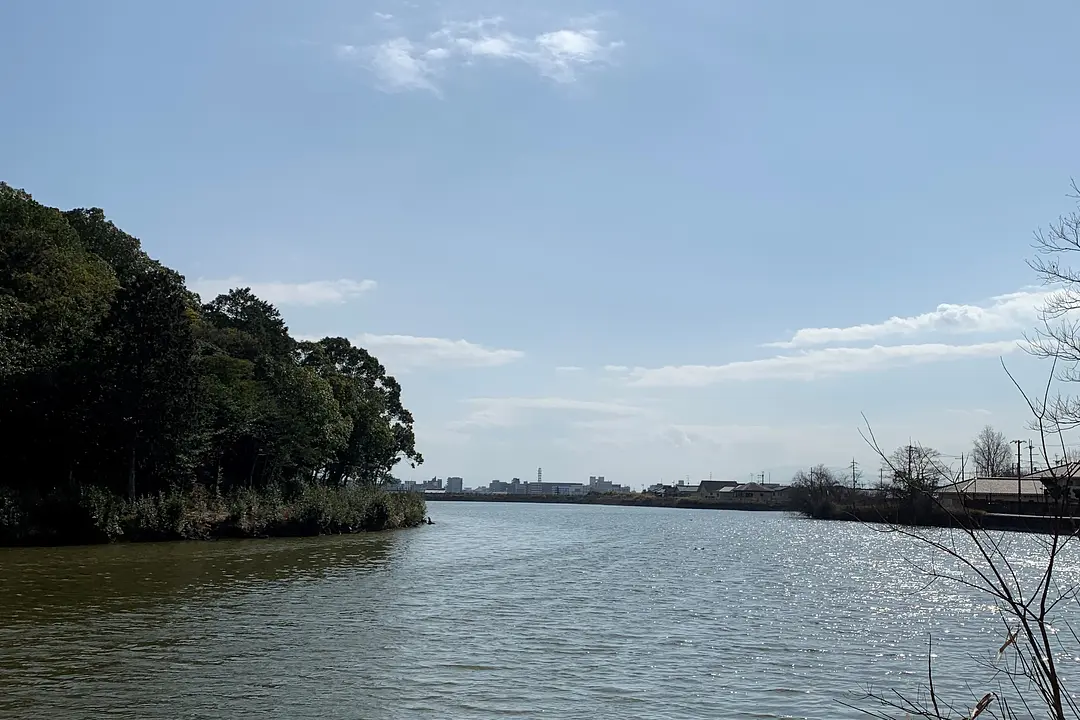
Uwanabe Tumulus/Konabe Tumulus
It is a huge keyhole-shaped tumulus with a trench surrounding it, all covered in green pine trees. The east side is Uwanabe, which has a total length of 255 meters, and the slightly smaller west side is Konabe, which has a total length of 204 meters. There are also square and round tombs surrounding the Konabe Tumulus, which are thought to have contained burial goods, and are representative of the middle of the Japanese Kofun period (5th century).
